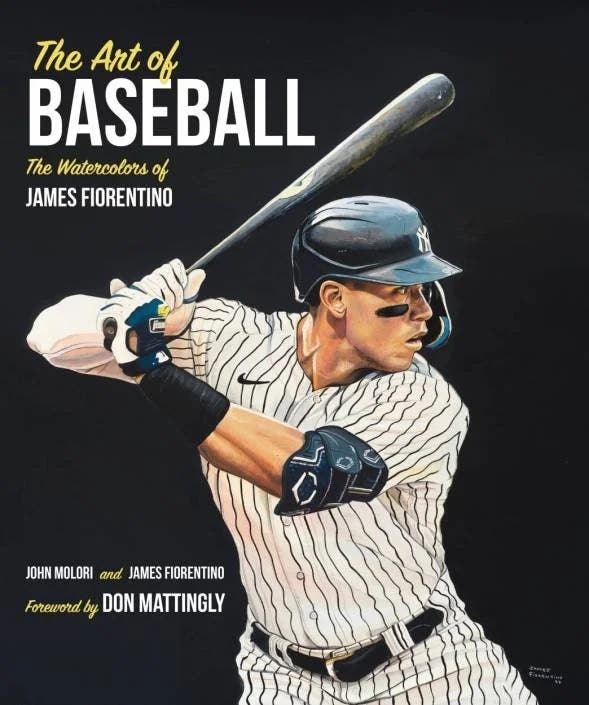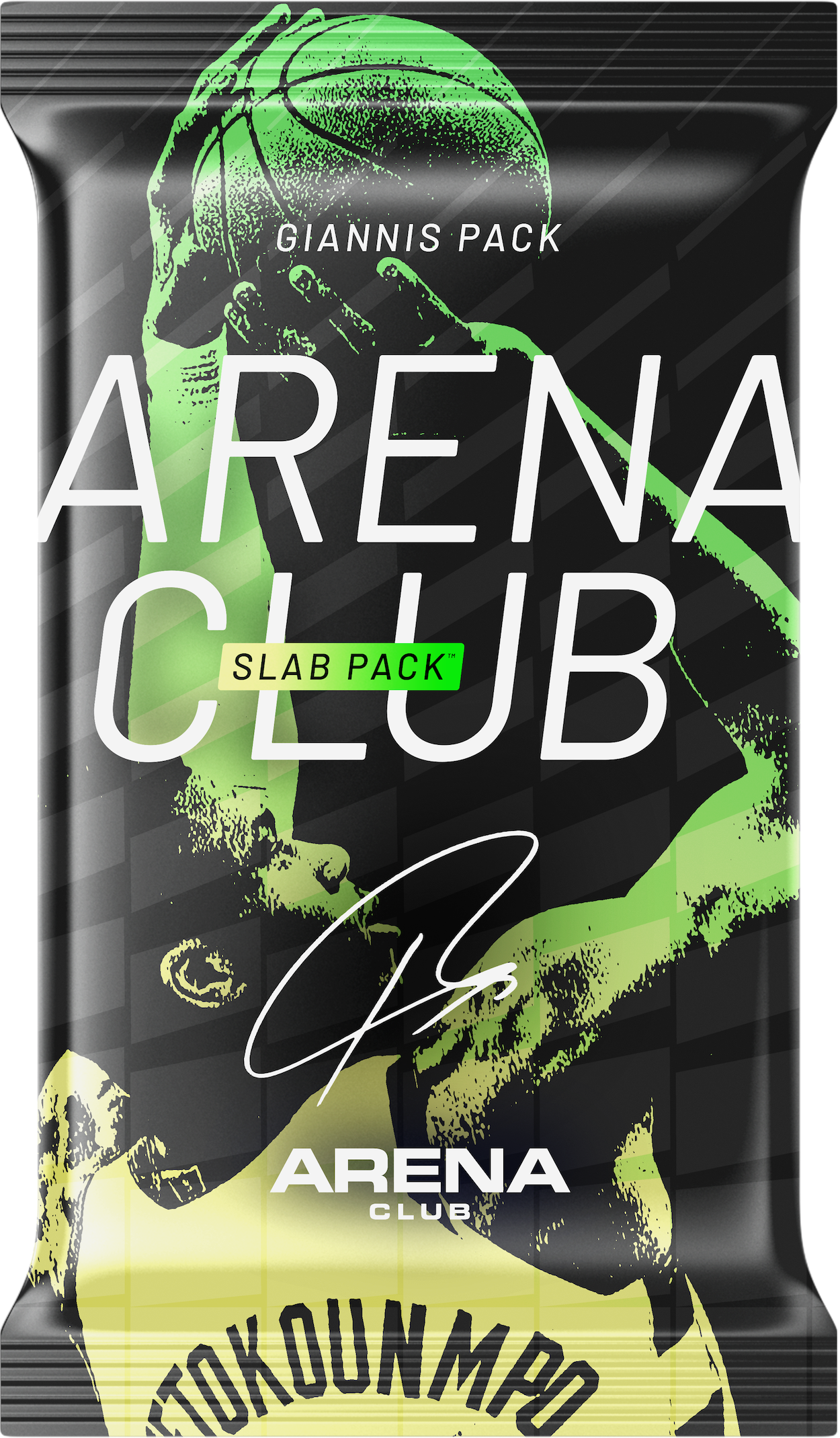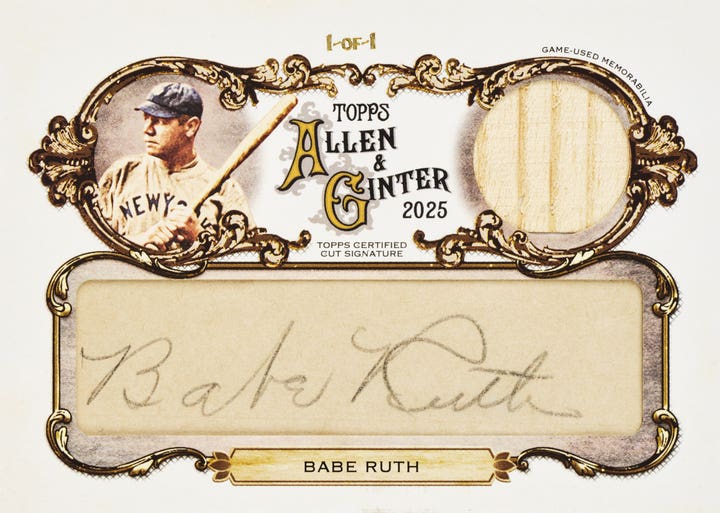Willie Mays
Yogi, Lefty, Hank and Honus highlight MLB All-Star team of Hall of Famers who played for only two teams
Ninety-one summers ago the inaugural MLB All-Star Game took place at Chicago’s Comiskey Park. The contest featured such future Hall of Famers as Bill Terry, Carl Hubbell, Lou Gehrig and Babe Ruth, who hit the first All-Star Game homer in history that warm day in 1933.
On July 16 at Globe Life Field in Arlington, Texas the reigning World Series Champion Texas Rangers will host the 2024 MLB All-Star Game.
Last summer we celebrated the Mid-Summer Classic by assembling a hypothetical All-Star starting lineup of baseball Hall of Famers who played for only one MLB franchise. This time around the squad is made up of Cooperstown members who played for only two big-league teams.
Like last year this lineup goes around the diamond, reflecting the candidate’s primary position, and strongly utilizes the popular statistic WAR (Wins Above Replacement), via Baseball-Reference.com, with the WAR rounded to the nearest number.
FIRST BASE
• Hank Greenberg (Detroit, Pittsburgh, WAR 56).
The 1930s-40s star hit 331 homers with a lifetime .313 batting average and won two MVPs, all while missing essentially four prime years to military service.
• Harmon Killebrew (Washington/Minnesota, Kansas City, WAR 60).
A 1950s bonus baby with the Washington Senators, Killebrew saw little playing time until his sixth year, 1959, when he led the AL in home runs. “Killer” blasted 573 lifetime dingers with nearly 1,584 RBI to accompany a .256 batting average.
Since the Senators uprooted to Minnesota after the 1960 season, taking the slugger with them, some might call that a second franchise, but here it’s one team.
• Rod Carew (Twins, California Angels, WAR 81)
Carew played slightly more games at first base than second, won seven batting titles, an MVP and ended his career with a .328 average. He had modest power but was a base-stealing threat with 353 steals.
All three had about the same fielding percentage, but I give the nod to Greenberg slightly over Carew for his power and solid batting average combo. Plus, he was a bigger target to throw to.
SECOND BASE
• Eddie Collins (Philadelphia Athletics, Chicago White Sox, WAR 124)
Collins was an early 20th century star with 3,315 career hits and a .333 batting average, but virtually no power (47 career home runs) in the Dead Ball Era.
• Ryne Sandberg (Philadelphia Phillies, Chicago Cubs, WAR 68)
A lifetime .285 hitter with 282 home runs, Sandberg has about 1,000 fewer hits than Collins, loses the battle in on-base percentage, but has a noticeably better fielding percentage.
Yes, it’s drastically different eras to compare, but Collins gets the nod here for his longevity, superior numbers, and a huge WAR discrepancy.
SHORSTOP
• Honus Wagner (Louisville Colonels, Pittsburgh Pirates, WAR 131)
From 1897-1917 Wagner accumulated 3,420 hits, a .328 batting average, 723 stolen bases, and eight batting titles while playing solid defense for the time period. He was one of the first five players voted into the Hall of Fame, and deservedly so.
Arky Vaughn (Pittsburgh, Brooklyn Dodgers, WAR 78)
Mainly a Depression-era, World War II player, Vaughn amassed a .318 batting average with some power and decent fielding numbers.
Ozzie Smith (San Diego Padres, St. Louis Cardinals, WAR 77)
A 15-time All-Star with 13 Gold Gloves, Smith graced the diamond in the 1980s through the mid-90s. With solid speed and excellent range, he earned the nickname “The Wizard of Oz.” The lightest power bat in this trio, he collected 2,460 hits.
Wagner wins this starting slot as his numbers and reputation on the field are just too compelling. He also has one of the most iconic trading cards in the history of the hobby.
THIRD BASE
• Frank “Home Run” Baker (Philadelphia A’s, New York Yankees, WAR 63)
Baker had a lifetime batting average of .307, 96 homers, 991 RBI, and some solid stolen base numbers in the Dead Ball Era.
• Ron Santo (Chicago Cubs, White Sox, WAR 71)
Mostly a Cubbie in the 1960s and ’70s, Santo hit 342 homers with 1,331 RBI and a respectable .277 batting average, while winning several Gold Glove awards.
Santo wins this spot with more power and a better fielding average.
LEFT FIELD
A couple of Santo’s one-time teammates make the list here, but before we get to them, let’s look at a player chiefly lost in the fog of history.
• Zack Wheat (Brooklyn, Philadelphia A’s, WAR 60)
After several years in the Dead Ball Era Wheat made a smooth transition to the more power-based 1920s with 2,884 hits and a .317 lifetime batting average, plus some modest home run totals and solid defense.
• Billy Williams (Cubs, Oakland A’s, WAR 64)
Williams played most of his career with Santo, hit for lots of power (426 homers, 1,475 RBI) and had the best fielding percentage of the candidates for this spot. His .290 batting average is the lowest of these three, but his power numbers help balance that out.
• Lou Brock (Cubs, St. Louis Cardinals, WAR 45)
Brock came up with the Cubs, played with Santo and Williams for a few seasons, and then got traded to St. Louis and blossomed into a star. A member of the 3,000 hit club and one of the best base stealers of all-time with 938 steals.
For me, Williams was more well-rounded, so he gets the start.
CENTER FIELD
• Ty Cobb (Detroit, Philadelphia A’s, WAR 152)
Cobb was a beast with his all-time best .366 lifetime average and 4,189 hits (second overall). As result, he spent a lot of time on base, swiping 897 bags. Cobb won 12 batting titles and is among the leaders in many categories. He had decent power (117 home runs) and 1944 RBI.
• Willie Mays (New York/San Francisco Giants, New York Mets, WAR 156)
The “Say Hey Kid” had power (660 homers, 1,909 RBI), speed (339 stolen bases), and a better fielding percentage than Cobb, who was no slouch with the leather.
If I needed a “small ball” guy with some occasional pop who reached base with a little more frequency, I would go with Cobb. But in this case, Mays’ power and overall skill set wins out for me.
RIGHT FIELD
• Sam Crawford (Cincinnati Reds, Detroit Tigers, WAR 75)
Crawford hit the most triples in MLB history (309), had a .309 lifetime batting average, 2,961 hits, 1,523 RBI, and a quality glove for the Dead Ball Era.
• Harry Heilmann (Detroit, Cincinnati, WAR 72)
At the beginning of his career Heilmann was a teammate of Crawford’s for a few seasons. He posted a .342 lifetime average, had a few more RBIs than Crawford (1,543), but about twice as many homers (183). He was a four-time batting champ, including .403 in 1923.
• Hank Aaron (Milwaukee/Atlanta Braves, Milwaukee Brewers, WAR 143)
One of the game’s all-time superstars, Aaron broke Babe Ruth’s career home run record, finishing with 755 round trippers. Aaron’s 2,297 RBIs and 6,856 total bases still lead MLB almost 50 years since he retired. He earned one MVP award and three Gold Gloves.
Aaron clearly wins this position, with his WAR nearly the same as his two competitors combined.
CATCHER
• Yogi Berra (New York Yankees, Mets, WAR 60)
Yes, Berra played a few games for the 1965 Mets. Berra had a knack for not only being around winners, he also contributed key roles in 10 World Series championships with the Yankees. He also won championship rings as a coach for the Mets (1969) and Yankees (1977-78). Berra won three MVPs, smashed 358 homers and batted .285 for his career, while being a solid defensive catcher.
• Carlton Fisk (Boston Red Sox, White Sox, WAR 69)
A large presence behind the plate, Fisk played 24 seasons and hit 376 home runs. His home run in Game 6 of the 1975 World Series ranks among the most storied in history. His .269 career batting average was respectable, as were his other numbers at the plate. Behind the plate, he also held up well.
Some might call this a bit of an upset, but I’ll take Berra to start on this squad.
PITCHER
• Lefty Grove (Philadelphia A’s, Red Sox, WAR 107)
One of the most dominant pitchers a generation after Mathewson, Grove had 300 wins and nine ERA titles to Matty’s five. He threw heat and pitched a most of his career against Ruth, Gehrig, DiMaggio and other sluggers.
• Christy Mathewson (New York Giants, Reds, WAR 107)
One of the true stars of the Dead Ball Era, “Matty” had excellent control and a “fadeaway” pitch (screwball) that helped him win 373 games, which is tied for third all time. In the 1905 World Series he tossed three shutouts in six days. He posted a 2.13 lifetime ERA and was part of the inaugural class at Cooperstown.
With almost identical WARs, Grove gets the ball as he pitched against more big bats.
DESIGNATED HITTER
• David Ortiz (Minnesota Twins, Red Sox, WAR 55)
Big Papi is the only player that qualifies for this spot, but over the course of his career his numbers hold up well against most competitors.
Ortiz did play some first base, but was mostly a DH with 541 homers, 1,768 RBI, a .286 lifetime average, and he often came through in the clutch.
So that rounds out my starting lineup of Hall of Famers who played for only two teams. How does this year’s hypothetical All-Star team match up against last year’s squad of players that played for a single franchise?
LOYAL HALL OF FAMERS
Hall of Famers who played for only one team.
1B Lou Gehrig
2B Charlie Gehringer
SS Cal Ripken, Jr.
3B Mike Schmidt
LF Ted Williams
CF Mickey Mantle
RF Roberto Clemente
C Johnny Bench
P Walter Johnson
DH Edgar Martinez
— Doug Koztoski is a frequent SCD contributor. He can be reached at Dkoz3000@gmail.com.








